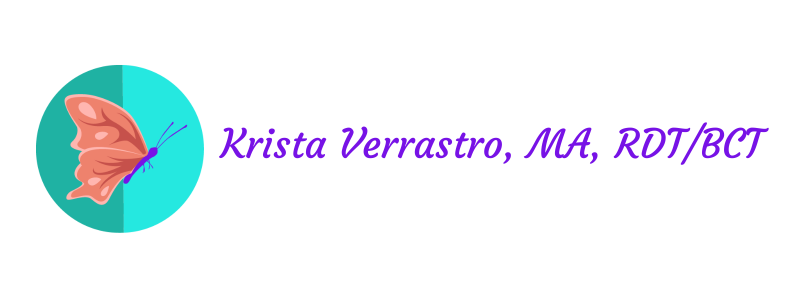
In my first article about vision boards, I gave you guidance on how to make a vision board to identify and clarify your goals in the coming months as well as how to use it to inspire you after creating it. I had said that I was going to share with you some ideas about how to further work on your goals once you made your board, and this article is the first of two that does just that.
Why should I explore my goals further after creating my vision board?
Although the visual representation of your goals on your board gives you some clarity and inspiration, you will likely gain even more clarity and inspiration by exploring your goals through further action.
It’s true that it requires some action to create a vision board, but once completed people often use their boards in a very passive manner by just gazing at them periodically and daydreaming about reaching their goals. Although there are theories about visualization making goals come true, more often than not it seems that we have to more actively take action toward our goals.
This quote by Joel Barker captures the idea of both vision and action being important in obtaining your desires: “Vision without action is a dream. Action without vision is simply passing the time. Action with vision is making a positive difference.”
Using the WOOP method to actively reach your goals
I love fun acronyms that help me remember useful things, so when I learned about the WOOP method of actively pursuing one’s goals I was very excited. This method was created by professor and author Gabriele Oettingen. I share this in hopes that you will also benefit from it.
WOOP stands for Wish, Outcome, Obstacles, and Plan. In short, the idea is that it is helpful to identify your wish, daydream about the outcome of that wish coming true, identify any obstacles that might arise between you and your wish, and plan how to deal with those obstacles if they do arise.
Envisioning your future self
Creating your vision board takes care of the Wish and Outcome parts of the WOOP method, as the creation of it allows you to identify and daydream about your desires.
To further help you identify and daydream about your goals, I’d like to invite you to envision your desired future self. Think about the following types of things to get a concrete sense of what you would like to be, have, and do in a few months to a year:
• What traits does the future you have? (e.g. calm, confident, wise, organized, etc.)
• What posture does the future you have?
• What emotion does the future you have most of the time?
• Where does the future you live, work, and spend free time?
• How does the future you handle problems?
• Do you picture any resources or support with you in the future? (e.g. family, friends, community, etc.)
Identifying anticipated obstacles and how to face them
Now that you have envisioned your future self, I invite you to envision what obstacles might arise in between present you and future you so that you can tackle the Obstacle part of WOOP.
Picture your present self on one side of a bridge and your future self on the other side of the bridge, and envision three to five obstacles that may get in between your two selves. Some common obstacles people identify are:
- Money stressors
- Insecurity
- Self-doubt
- Disorganization
- Distractions
- Guilt
- Fear
- Anxiety
- Depression
- Unsupportive family, friends, or community
Once you have identified your potential obstacles, go to the Plan part of WOOP by envisioning how you can confront those obstacles in a healthy way. Think about the following for each obstacle:
• Is it an obstacle that you would like to get rid of completely? Or do you think that it may be helpful in some ways but that you can get it under control so that it helps you instead of harms you?
• What can you say or do to get rid of or control the obstacle?
• What resources do you need to deal with the obstacle? (e.g. loved ones, healthy coping skills, one of your inner strengths, etc.)
• What would you like to say to each obstacle? Feel free to write it down so that you can remember it if the obstacle actually does arise!
Advice from your future self
Let’s try one more activity to really help you feel confident about confronting your obstacles. I invite you to actually step into the role of your future self.
Go back to the answers you came up with above regarding your future self’s traits, posture, emotions, etc. Take on all of those qualities, and really allow yourself to feel them as if you have already become that future self. You are the wise and experienced version of yourself who has clarity of how to best move forward in your life. What advice can you give to your present self to obtain your desires?
Other actions you can take
Feel free to share below if you tried any of the ideas addressed here. How did it go? What insights did you have? Do you feel closer to reaching your goals?
In next month’s article I’ll tell you how to tap into your inner strength through drama so that you get some inner wisdom on how to reach your goals.
If you live in the Mid-Atlantic region of the United States, you can attend one of my vision board workshops if you’d like to try these activities in a supportive group setting.
* This article originally appeared on the Psychology Arts website, which is no longer active.
